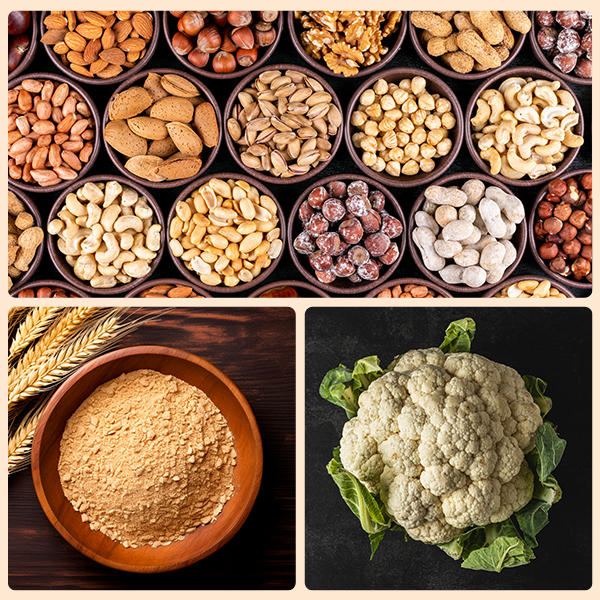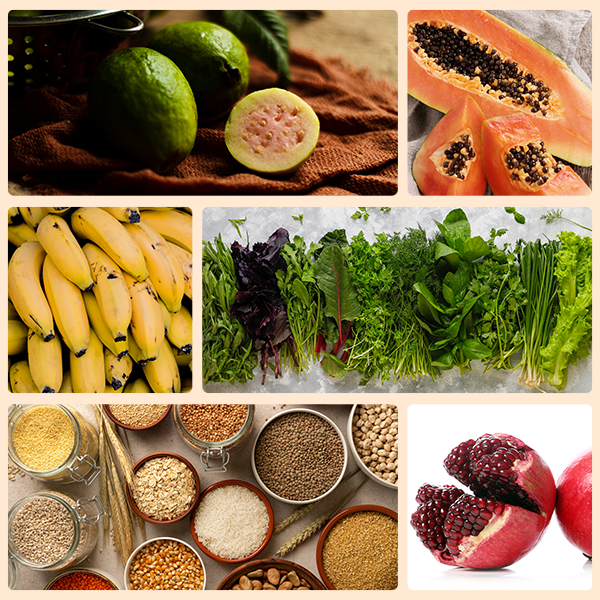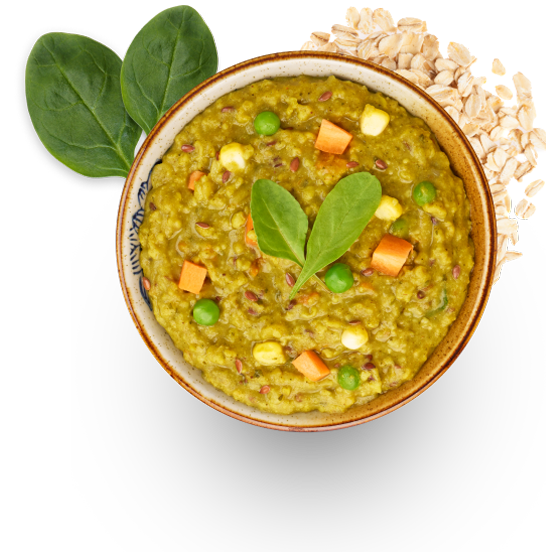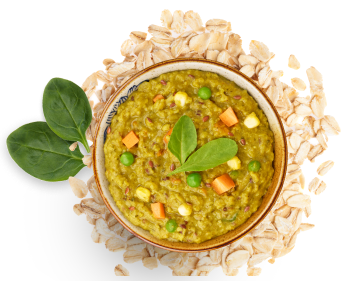Soluble vs. insoluble fibre: What You Need to Know
Blogs11 Jun 2025
IN THIS ARTICLE
By now you must have heard about just how amazing Fibre is by at least a handful of people and social media sites. Fibre is an essential component of eating well and a permanent fixture in any healthy and nutritious meal. But what is this Fibre that everyone raves about? And why is it so important?
In this article, we’ll discuss not only what is dietary Fibre but also what its types are, and their benefits. We’ll also look at how much Fibre you should have as an adult and how you can include it in your daily meals. So let’s get started!
What is dietary Fibre?
Dietary Fibres are complex carbohydrates that help with several bodily processes. Mainly dietary Fibre is filling and can vastly improve digestion. It is necessary for smooth bowel function and reduces chronic constipation, diverticular disease, haemorrhoids, heart issues, metabolic conditions and obesity. There are two main types of dietary Fibres, namely:
- Soluble Fibre
- Insoluble Fibre
What is Soluble Dietary Fibre?
As its name suggests, soluble Fibre is a type of dietary Fibre that dissolves in water and forms a gel-like substance. Typically, the main soluble Fibre foods tend to be fruits and vegetables. Some examples of soluble Fibre foods are oats, apples, carrots, citrus, peas, beans etc.

Some soluble Fibre benefits are that it may lower cholesterol, blood glucose and serum lipid levels in the body. They may regulate the digestive system, increase micronutrient absorption, and prevent gastrointestinal disorders. Some studies have also linked water-soluble Fibres to the prevention of cardiovascular conditions!
What is Insoluble Fibre?
The difference between soluble and insoluble is that insoluble Fibre does not dissolve in water. Some examples of insoluble Fibre foods are wheat bran, nuts, and cauliflower.

Insoluble Fibres are essential to accelerate the movement of food into the digestive system which makes it crucial for those suffering from constipation or irregular stools. Additionally, these Fibres may also prevent the risk of developing folds or haemorrhoids in the colon region.
Importance of Fibre in adults above 40
As we age, our digestive systems naturally begin to slow down, leading to relatively lower nutrient absorption and possible weight gain. Having Fibre regularly can support the digestive system and may prevent several health issues that adults above 40 are at a higher risk of facing, such as hypertension, high blood glucose levels, obesity, and constipation.
How Much Fibre Do You Need?
According to the ICMR, 25g is the amount of fibre required per day for sedentary women and 30g for sedentary men. You can reach this by adding millet, pulses, green leafy vegetables, oats, and fruits like apple, pomegranate, guava, papaya, banana, citrus fruits etc. To meet your daily Fibre goal every day without fail, you can even look to snack on Fibre-rich fruits and veggies. This way, you’re eating healthy all day and introducing helpful Fibres in your body easily!

Tips for increasing Fibre intake
- When you’re assembling your plate of food for any meal, ensure that a significant portion of it is vegetables and fruits. This is a great way of increasing your Fibre intake and eating healthy!
- Choose products made with natural whole grains. Some examples are Oats, Ragi, Amaranth flour etc.
- Avoid snacking between meals or choose Fibre-rich snacks to reach your Fibre goals.
- You can also add chia seeds to your water or drinks to add a touch of goodness when you’re hydrating!
Conclusion
When it comes to boosting digestive health and preventing several health conditions such as diabetes, and obesity, Fibre can play an important role. Both its forms, soluble and insoluble Fibre have their unique benefits that are necessary for the smooth functioning of our digestive system and for improving our overall health. So, if your goal is to enhance your health in your 40s and beyond, Fibre should be one of your priorities!
To learn more about digestive health we at Right Shift have a few more additional steps you can take today. First, you can try our health score calculator to know where your health stands. Then you can add in your preferences and health goals to create a tailor-made meal plan for yourself. We also have a meal plan for supporting digestive health that you can explore! And that’s not all. Lastly, you can also check out our various health related blogs to increase your knowledge and take essential steps to boost your health today!
Other Popular Blogs
Daily fibre requirement | Fiber rich recipes | Benefits of whole grains | Foods that boost digestion & gut health | Bad gut health habits |
FAQs
Dietary Fibre as a whole helps boost digestive health and prevents several health conditions. Both soluble and insoluble Fibres have their own unique benefits which make them important and essential for our bodies.
Some studies suggest that improving your Fibre intake may lead to weight loss. In a way, it slows down intestinal transit time of indigested food and keeps you feeling fuller for longer. This curbs meaningless and unhealthy snacking and hence a lower calorie intake.
Having a high-Fibre diet and healthy lifestyle habits including regular exercise, getting enough water and sleep etc., may lead to a lower risk of cardiovascular conditions.
1. The Health Benefits of Dietary Fibre, PMC
2.Nutrition and healthy eating, Mayu Clinic
3. A Review of the Role of Soluble Fiber in Health with Specific Reference to Wheat Dextrin, Sage Journals
4. What's the difference between soluble and insoluble fiber?, Medical News Today




